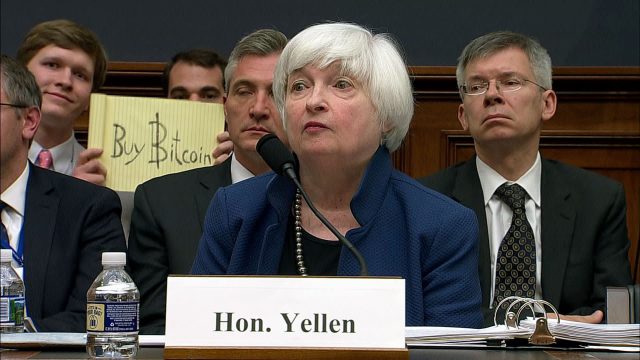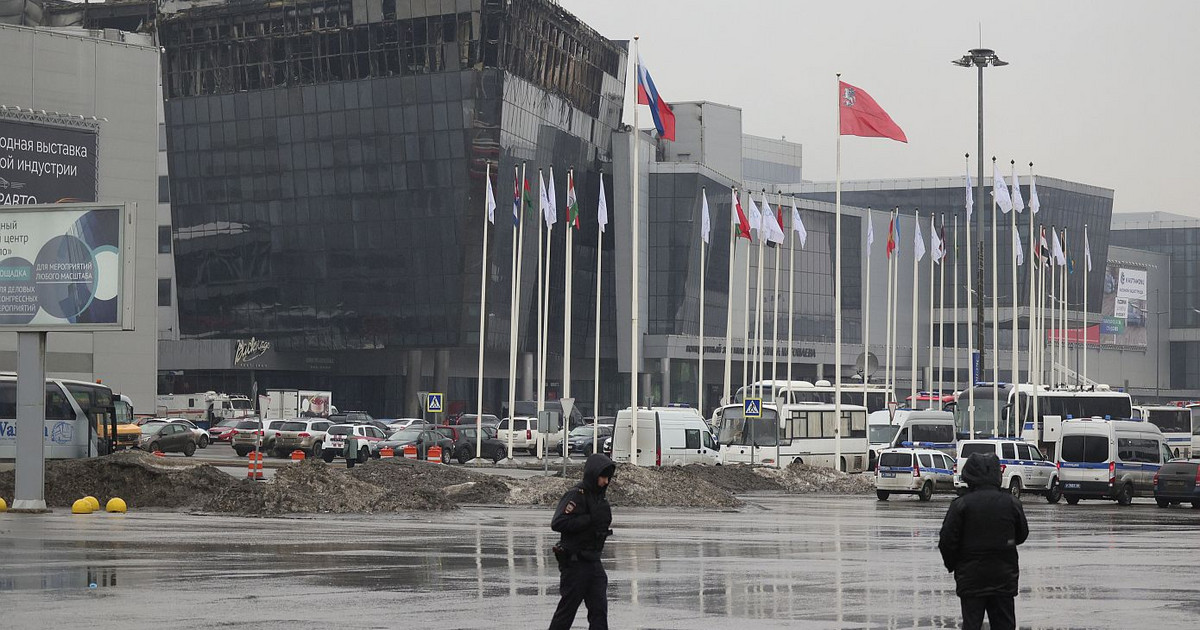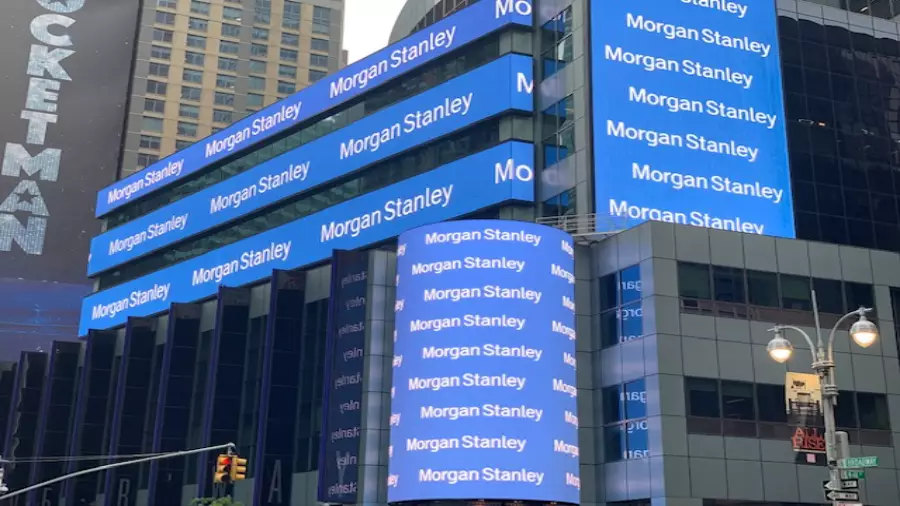“Your conscious samba today,
It has free entrance, in the Municipal,
And give that recital,
For those who want to enjoy
Your nights today are warmed up with a tambourine,
Timba, cavaquinho and guitar,
Then Carnival, in Anhangabaú,
It’s samba at a party parading.
This is São Paulo, my Brazil…”
The song’s lyrics This is São Paulo from the group drizzle demons , already announces: this is the city of work, but then there’s samba. There’s carnival!
And the time when the great metropolis was not famous for its streets full of blocks and revelers, serpentine and joy is gone. This year, São Paulo’s programming foresees 511 parades, 36 of which are megablocks (those with an expectation of over 40,000 people).
The party in the city takes place on the 11th and 12th of February (pre-Carnival), from the 18th to the 21st of February (Carnival) and on the 25th and 26th of February (post-Carnival) and should gather 15 million revelers in the city which this year wins 57 new blocks parading through the streets of the capital.
Therefore, the tourismologist, presenter and YouTuber who makes countless videos about São Paulo, Tiago Lopes, separated 6 curiosities about Carnival in the city and shows that the city has enjoyed a good carnival party for a long time!
6 curiosities about Carnival in São Paulo:
94 years of history
The first parade of samba schools in São Paulo took place in 1929, which means that the city has known how to throw a Carnival party for almost 100 years!
Format changes
In São Paulo, Carnival had its origins linked to the manifestation of entrudo, a game in which revelers threw water and other liquids among themselves, existing since the 15th century. main attractions are the street blocks, which bring together millions of revelers throughout the city.
Spanish flu
For many years, the 1919 Carnival was considered the greatest in Brazil. In the previous year, hospitals were crowded due to the Spanish flu and major events, such as football championships, were cancelled, as well as Carnival. When the year ended, those who survived had already created immunity against the disease and, little by little, the cases decreased.
On March 1, 1919, the party began, celebrating everything that had not been possible in previous years, due to the rains that marked the Carnivals of 1916 and 1917, the economic crisis and the war climate in 1918, in addition to the flu.
And the samba schools?
Have you ever heard of first samba school in São Paulo ? It was created in the early 1930s. While some point to the “First of São Paulo” as the pioneer, the true queen of São Paulo’s carnival was “Lavapés”. Founded in 1937 by Madrinha Eunice and Chico Pinga, in the Liberdade neighborhood, Lavapés is considered the first samba school to truly establish itself in the city.
Ever-increasing numbers
In 2019, there were 570 blocks circulating in São Paulo. In 2020, there were 575, which received around 15 million revelers.
Cultural diversity
One of the main attractions of Carnival in São Paulo is the variety of musical styles, ranging from sertanejo to electronic music. Jazz blocks and emo music can also be found. The tip is to consult the schedules in advance so as not to waste time.
Source: CNN Brasil
Johanna Foster is an expert opinion writer with over 7 years of experience. She has a reputation for delivering insightful and thought-provoking articles on a variety of subjects. Her work can be found on some of the top online news websites, and she is currently lending her voice to the world stock market.






